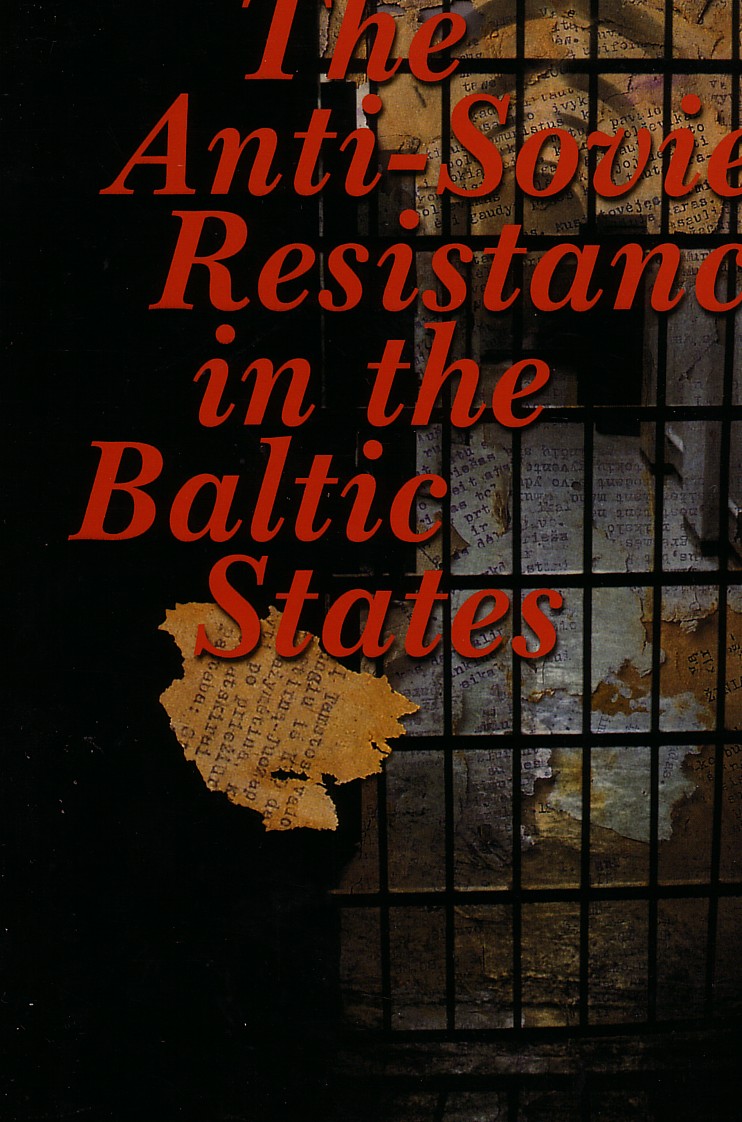
When the Soviet Union and Germany signed the Molotov-Ribbentrop Pact, Lithuania, Latvia and Estonia were occupied from 15 June 1940. Later they were annexed and Sovietisied. The armed struggle of the Baltic nations for their independence in 1941, and between 1944 and 1953, was a decisive factor which influenced their lives, and the course of history of Lithuania, Latvia and Estonia. The Anti-Soviet Resistance in the Baltic States gives a general view of the resistance to the totalitarian communist regime in the Baltic states and its supperssion between 1940 and 1958.
The book covers the history oh the armed struggle for thr restoration of the independence. It also discusses the efforts of the resistance fighters to establish ties with the West across the Iron Curtain, the efforts taken by the secret services of some Western countries to use the resistance fighters for their own purposes, and the attitude of the Catholic Church to the Soviet regime and to the underground movements. The volume should not be taken as an exhaustive study of the history of the resistance of the Baltic nations, but the articles published here are based on primary sources, which makes this book different from the other books on the subject so far published in English.